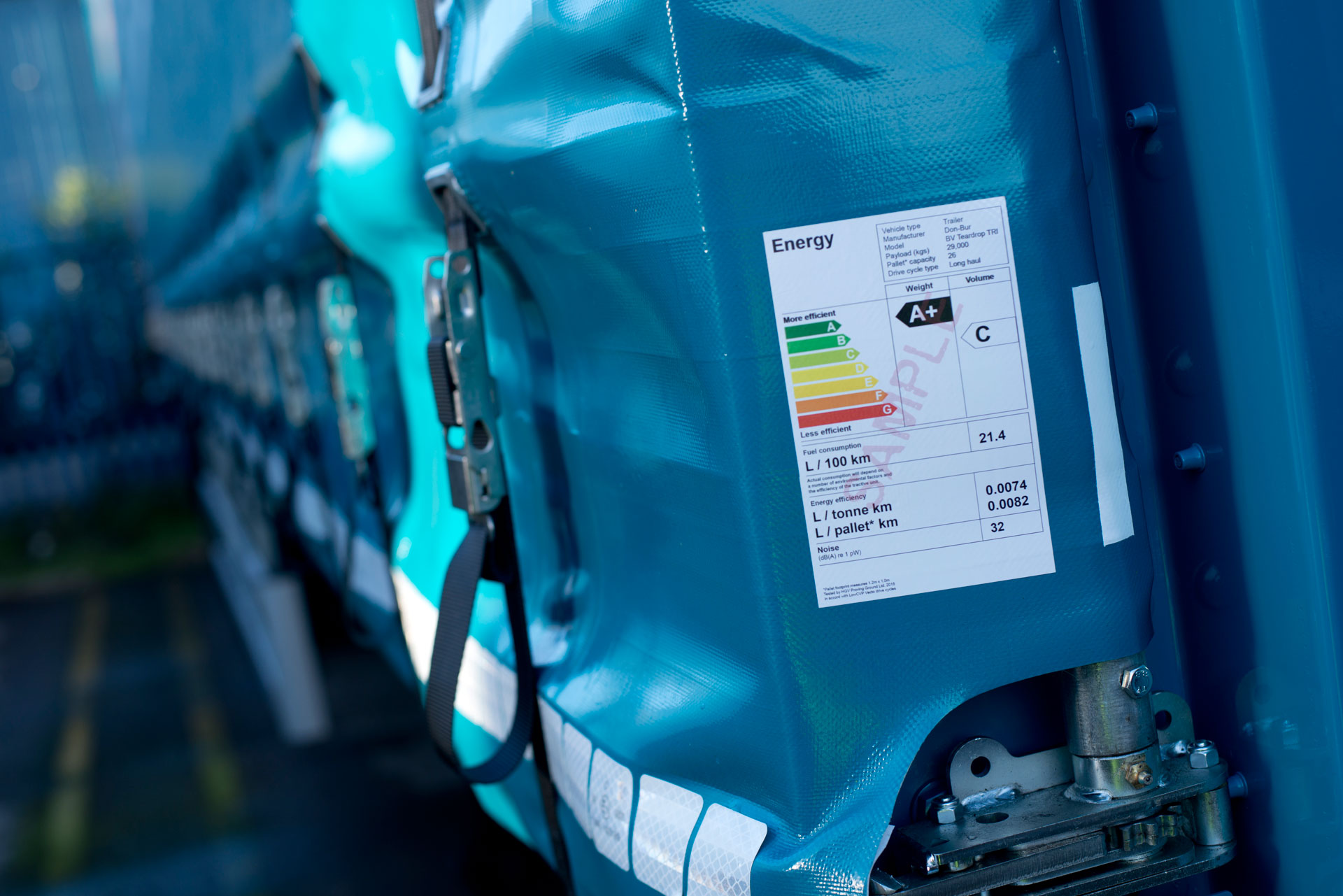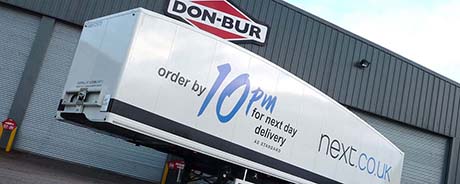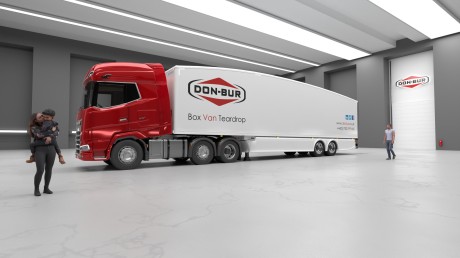VECTO stands for Vehicle Energy Consumption Calculation Tool, a simulation tool developed by the European Commission to calculate the CO₂ emissions and fuel consumption of heavy goods vehicles (HGVs), including trucks, buses, and trailers. The purpose of VECTO is to provide accurate and standardised data to assess the environmental performance of HGVs and promote more sustainable vehicle designs.
How Does VECTO Work?
VECTO uses a simulation model to estimate the energy consumption and CO₂ emissions of HGVs based on various parameters, including:
- Vehicle configuration
- Drivetrain technology
- Aerodynamics
- Weight distribution
- Rolling resistance of tyres
For trailers, VECTO considers factors such as aerodynamics, weight, tyre specifications, and design features that influence the overall energy efficiency of the vehicle-trailer combination. Manufacturers input specific data about their vehicles into the tool, and VECTO generates predictions about the vehicle's environmental impact.
When Does VECTO Come Into Force for Trailers?
From January 2024, it becomes mandatory for manufacturers of HGV trailers (Category O) in the European Union to obtain VECTO certification. This applies to trailers with box-shaped bodywork, such as:
- Curtainsiders
- Dry boxes
- Refrigerated units
Exemptions: Non-box trailers, oversized trailers, trailers with more than three axles, and trailers exceeding 4 metres in height are currently excluded from the VECTO requirements. These regulations aim to quantify and reduce the CO₂ emissions of trailers, recognising their significant role in overall vehicle efficiency.
Current Limitations of VECTO for Trailers
Whilst VECTO is a valuable tool, it currently has notable limitations when applied to HGV trailers:
- Height Restrictions: VECTO is limited to trailers with a maximum height of 4 metres, which excludes many taller configurations commonly used in certain markets.
- Limited Aerodynamic Library: The tool includes a very restricted pre-set library of aerodynamic features, meaning it cannot accurately account for bespoke or advanced trailer designs that go beyond the standard options.
- Purpose of the Tool: Due to the method of entering data into VECTO, it primarily functions as a means of generating a hashed code to comply with EU Type Approval. At present, it lacks the flexibility to be used as a tool for working directly with customers to help them choose the most efficient trailer configuration for their needs.
What is the Purpose of VECTO for HGV Trailers?
HGV trailers, classified under Category O, are a critical component in the energy efficiency of heavy-duty vehicles. VECTO provides the ability to:
- Assess the CO₂ emissions and fuel consumption of trailers.
- Enable manufacturers to optimise designs for improved environmental performance.
By focusing on trailer design and performance, VECTO ensures that manufacturers can meet both regulatory standards and the demands of environmentally conscious markets.
Why is VECTO Important for HGV Trailers?
1. Regulatory Compliance
VECTO supports manufacturers in meeting EU regulations on CO₂ emissions for HGVs. By assessing the environmental impact of HGV trailers, manufacturers can ensure compliance with the latest standards. The EU has set ambitious targets for 2030, including a:
- 10% reduction in CO₂ emissions for semi-trailers.
- 7.5% reduction for central axle and drawbar trailers, relative to 2019-2020 figures.
2. Efficiency Optimisation
VECTO enables manufacturers to identify areas for improvement in trailer design and technology. By optimising aerodynamics, weight, and other factors, manufacturers can achieve:
- Lower CO₂ emissions
- Reduced fuel consumption
- Cost savings for fleet operators
3. Market Competitiveness
In an environmentally conscious market, businesses increasingly prioritise vehicles and trailers with lower emissions and higher efficiency. Using VECTO to improve trailer performance helps manufacturers maintain a competitive edge.
How Can Manufacturers Use VECTO for HGV Trailers?
Manufacturers can leverage VECTO during the design and development stages of trailers. By inputting parameters such as aerodynamics, tyre specifications, and weight distribution into the simulation, they can:
- Evaluate the environmental impact of different design choices.
- Optimise trailer configurations for efficiency and sustainability.
- Make informed decisions before bringing products to market.
What About the UK?
Although VECTO certification is mandatory in the EU from January 2024, the UK has not yet adopted the VECTO regulations for trailers. However, UK-based manufacturers exporting to the EU will still need to comply with these requirements.
In Summary
VECTO is a valuable tool for assessing the CO₂ emissions and fuel consumption of HGV trailers (Category O). Starting in January 2024, it becomes a regulatory requirement in the EU for specific trailer types, providing manufacturers with:
- Accurate insights into environmental performance.
- Opportunities to optimise designs for fuel efficiency and sustainability.
- A pathway to meet compliance and remain competitive in a greener market.
However, it is important to note that VECTO is currently limited to trailers 4 metres or shorter and has a restricted aerodynamic library, making it primarily a tool for achieving EU Type Approval. While it is not yet flexible enough to work with customers on selecting the most efficient trailer configurations, its role in driving compliance and innovation is undeniable.
For more information about VECTO and its application to HGV trailers, please consult the European Commission's official resources and guidelines.
We’d love to hear from you – get in touch today!






